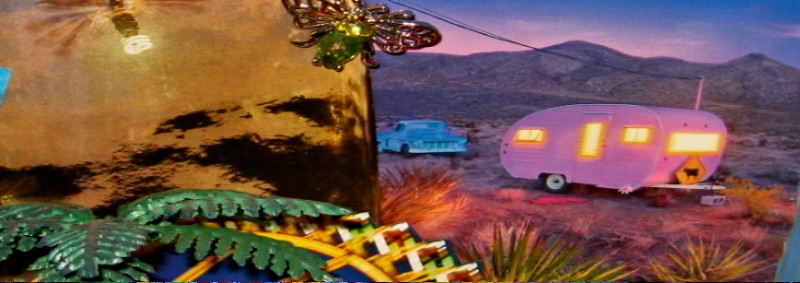'Filming in brutally harsh conditions with a hand-cranked camera, Captain John Noel captured images of breathtaking beauty & considerable historic significance. The film is also among the earliest filmed records of life in Tibet & features sequences at Phari Dzong (Pagri), Shekar Dzong (Xegar) & Rongbuk monastery. But what resonates so deeply is Noel’s ability to frame the vulnerability, isolation & courage of people persevering in one of the world’s harshest landscapes.'
The restoration by the BFI National Archive has transformed the quality of the surviving elements of the film & reintroduced the original color tints & tones. Revealed by the restoration, few images in cinema are as epic, or moving, as the final shots of a blood red sunset over the Himalayas.'
For me, this film is an amazing meditation & should elicit profound gratitude to Noel for his courage to follow as far as possible the ultimately doomed Hillary/Irvine assent, but more importantly, early footage of the indigenous Tibetan people. This is an early British film & may not be the most politically correct, but it does speak to a population of Sherpa's & their families who have made Everest their home for centuries.















 '
'




